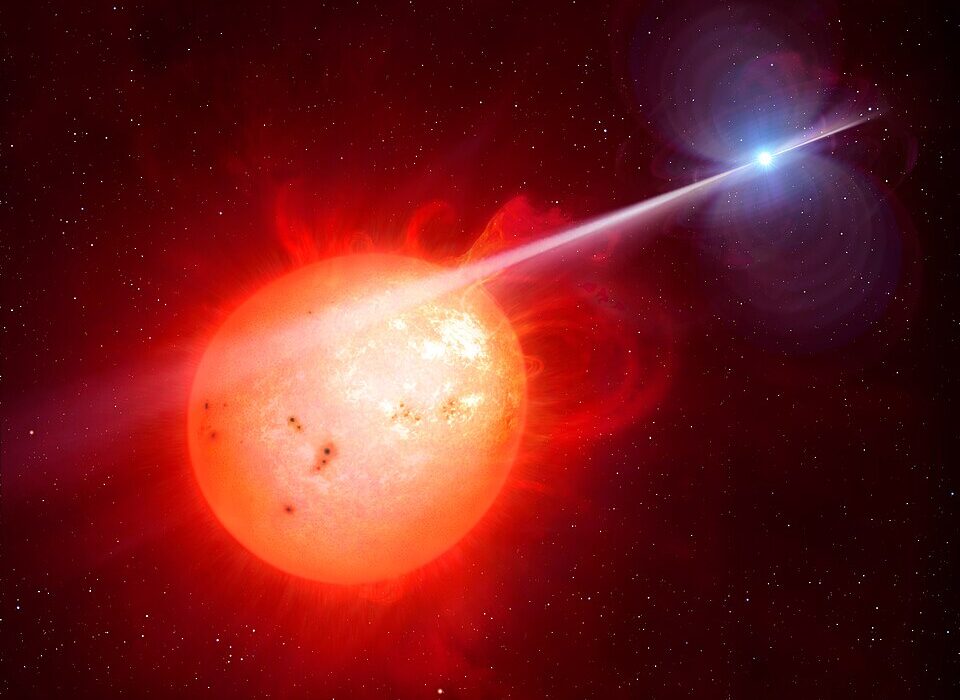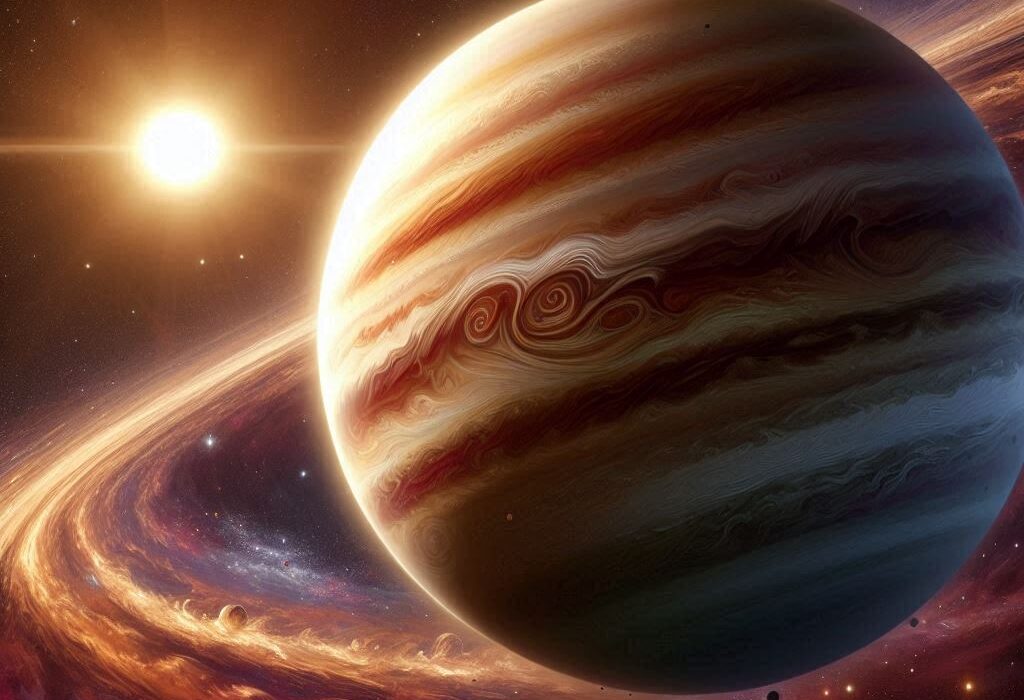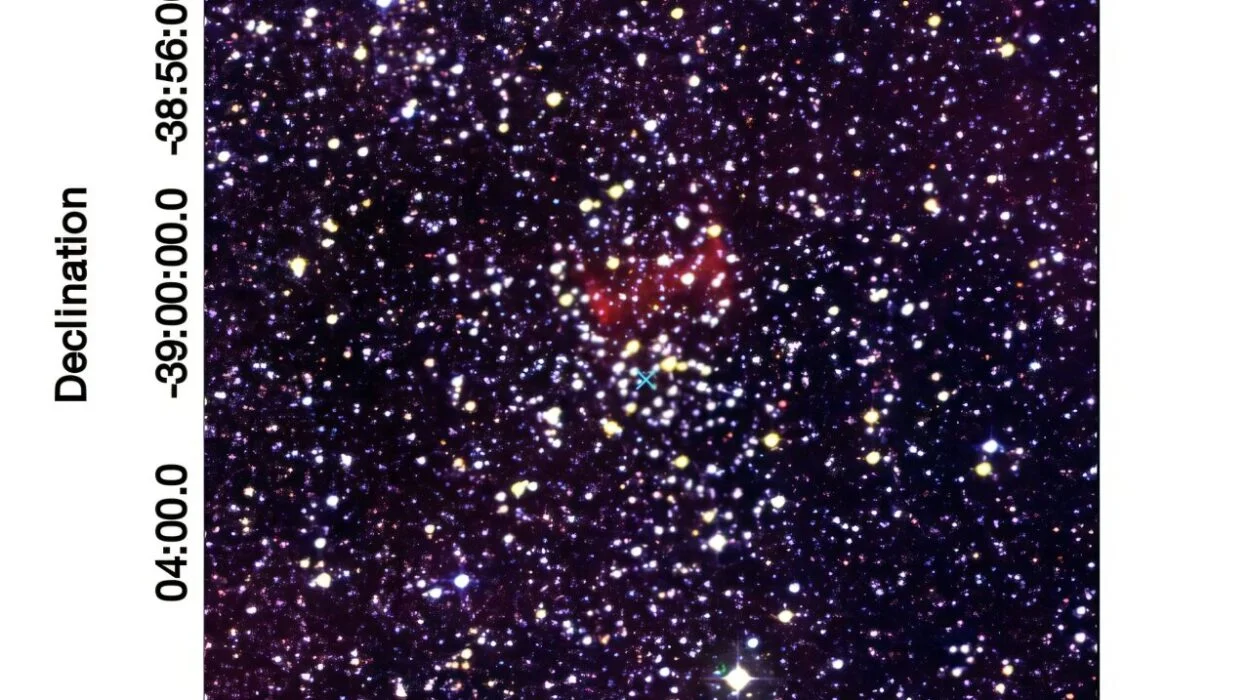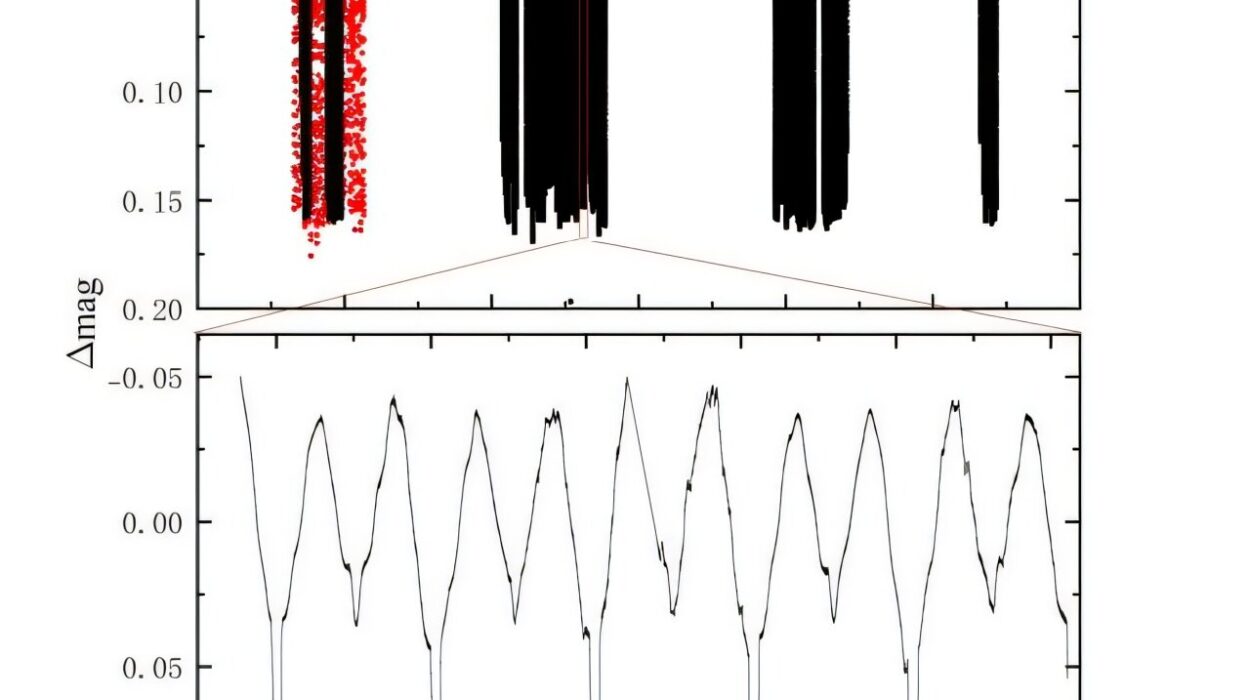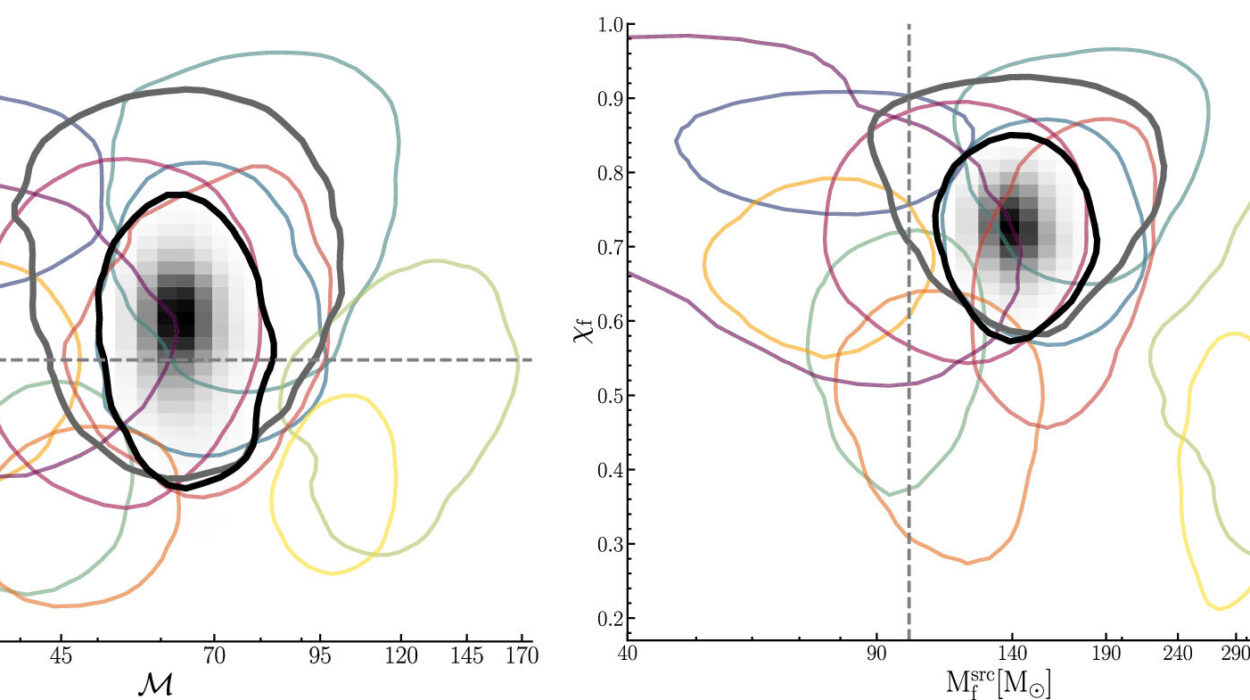On a silent Christmas morning in 2021, from a launchpad in French Guiana, a golden-eyed spacecraft soared skyward. Wrapped in decades of anticipation, overbudget and years behind schedule, the James Webb Space Telescope (JWST) carried the hopes of astronomers and dreamers alike. It wasn’t just another satellite. It was humanity’s most ambitious attempt to peer into the depths of time and space—to gaze beyond what any telescope had ever seen and ask the universe to reveal its oldest secrets.
By January 2022, Webb had reached its destination: a gravitational sweet spot known as L2, a million miles from Earth. There, it unfolded itself with extraordinary precision, layer by delicate layer—its tennis court-sized sunshield, its hexagonal gold-coated mirrors, its instruments tuned to the faintest whispers of infrared light. And then, after months of calibration, it began to see.
What it saw changed everything.
First Light from the Beginning of Time
The first images released by Webb stunned even the most seasoned astronomers. Pillars of gas and dust sculpted by gravity glowed with uncanny clarity. Nebulae, where stars are born, pulsed with infrared brilliance. But beyond these dazzling portraits, deeper truths emerged—truths only Webb could perceive.
Webb sees in infrared, the language of heat, the wavelength of the ancient and the hidden. Where Hubble saw stars, Webb sees what came before them—the clouds that collapsed to form them, the shadows that hinted at future galaxies, the glow from the earliest epochs of cosmic history.
Looking at Webb’s images is not like looking through a window. It’s like staring into a memory, a billion-year echo, fossil light from a time when the universe was still young and just beginning to take shape. Some of the galaxies Webb captured appeared so small and redshifted that they likely formed only a few hundred million years after the Big Bang. This was earlier than even the boldest theories had predicted. The early universe, it turned out, was far more crowded and structured than we had assumed.
This wasn’t just pretty data. It was a disruption. Webb was telling us: the universe formed stars and galaxies faster than we thought. Our models were wrong—or at least incomplete. A cosmic mystery had just deepened.
The Search for Cosmic Dawn
For decades, scientists have hunted for the elusive “Cosmic Dawn”—the moment when the universe emerged from darkness and the first stars lit up the void. Webb was designed, in part, to find that threshold. In its first year alone, it began to deliver.
By peering back to galaxies at redshifts of 13 and higher—meaning their light has traveled over 13 billion years—Webb captured the moments just after the “Dark Ages” of the universe ended. What shocked researchers was not just how early these galaxies appeared, but how massive and luminous they were. In theory, galaxies that young shouldn’t have had time to form so many stars. Yet there they were, compact and brilliant, already seeding the universe with heavy elements.
These findings have challenged the standard Lambda Cold Dark Matter model of cosmology, the prevailing explanation for how the universe evolved. If galaxies formed this fast, under what conditions did they arise? Were the first stars more massive than we thought? Was dark matter clumping more efficiently in the early cosmos?
Webb doesn’t answer these questions directly. It simply forces us to ask better ones.
Galaxies with a Past We Didn’t Expect
Some of the earliest galaxies Webb has found appear to be surprisingly mature. They contain heavy elements like oxygen, carbon, and nitrogen—elements that can only be formed in the hearts of stars and dispersed by supernovae. But for these elements to be present so early suggests multiple generations of star formation had already occurred in just a few hundred million years after the Big Bang.
This discovery implies a rapid-fire cycle of star birth and death that had not been fully accounted for in previous models. Galaxies weren’t just assembling—they were thriving, evolving faster than previously imagined.
Webb also revealed that these early galaxies were compact, spheroidal, and surprisingly ordered, as if cosmic architecture had somehow leapt ahead of schedule. The universe, in its youth, was not a chaotic mess of glowing gas, but a place where structure, beauty, and form had already taken root.
The implications are profound. Our cosmic timeline may need revising. The processes that build galaxies, stars, and planets might be more efficient—and more astonishing—than we ever guessed.
Starlight Through Alien Skies
While Webb was built to peer into the ancient past, one of its most electrifying capabilities lies much closer to home: the study of exoplanets.
With its powerful infrared spectrographs, Webb can analyze the atmospheres of distant worlds by watching the light from their host stars filter through them. This process, known as transit spectroscopy, is akin to holding a prism to the sky of an alien planet and watching what colors appear—or disappear.
Already, Webb has begun cataloging atmospheric fingerprints: water vapor on hot Jupiters, carbon dioxide in thick hydrogen atmospheres, and strange chemical balances that defy easy classification. In one particularly exciting case, Webb detected carbon dioxide on WASP-39b, an exoplanet 700 light-years away. It was the first unambiguous detection of CO₂ in an alien atmosphere—a breakthrough in understanding planetary composition and evolution.
Even more tantalizing is what Webb might find next: methane, oxygen, or other so-called biosignature gases. Though no definitive signs of life have yet been detected, Webb’s sensitivity means it could, in the near future, detect key atmospheric ingredients on rocky Earth-sized planets in the habitable zones of their stars.
We are, for the first time, approaching the edge of the answer to one of humanity’s oldest questions: Are we alone?
The Universe in Motion
Webb doesn’t just take snapshots—it observes motion. Its time-domain capabilities allow it to track how celestial objects change and evolve, sometimes over hours, sometimes across weeks. In its first year, Webb watched stars being torn apart by black holes, caught the transient flashes of distant supernovae, and followed the evolution of newly forming stars in cradles of dust and gas.
One spectacular case involved the detailed observation of a dying star shedding its outer layers in the Southern Ring Nebula. Webb’s images showed not only the ethereal beauty of the event but also the underlying structure—complex knots and jets that hinted at the processes driving stellar death and rebirth.
Each such observation deepens our understanding of the stellar life cycle. How stars die determines how planets form. How they explode seeds galaxies with elements. Webb, in this sense, is not just watching stars—it is witnessing the engines of cosmic evolution.
Peering Through Cosmic Dust
One of the limitations of telescopes like Hubble is their inability to see through dense clouds of dust. Visible light gets blocked and scattered. But infrared light—the kind Webb was designed to detect—can pass through these obscuring veils.
This means Webb can peer into star-forming regions that were once hidden. The famous Pillars of Creation in the Eagle Nebula, previously imaged by Hubble, look hauntingly different in Webb’s view. The gas pillars remain, but now the stars within them—the embryos of future solar systems—shine through like fireflies in a cloud.
Webb’s ability to see through dust also makes it invaluable for studying the centers of galaxies, where black holes hide and feed. One of Webb’s goals is to understand the link between galaxy formation and the supermassive black holes at their cores. Are black holes born early and help shape galaxies, or do galaxies form first and build up black holes over time? Webb’s eyes may finally give us the data to choose between these competing visions.
New Questions from the Oldest Light
Webb’s deep-field surveys—the cosmic equivalent of staring into a grain of sky for days at a time—have begun to hint at structural inconsistencies in our understanding of the early universe. Some galaxies are brighter than expected. Others show rotational curves or morphologies that don’t line up with prevailing dark matter theories.
There’s even a growing curiosity among physicists: could Webb’s observations eventually point to cracks in the Standard Model of cosmology? Might they reveal hints of modified gravity, unknown particles, or other phenomena beyond current physics?
In a strange twist of fate, the deeper Webb looks, the more reality begins to blur at the edges. The telescope was built to confirm our models, but it may instead be leading us into a more complex and beautiful cosmology than we imagined.
The Human Element
Behind every image, every spectrum, every pixel of light, there are human hands and minds. The construction of Webb was a triumph of international cooperation, involving NASA, the European Space Agency (ESA), and the Canadian Space Agency (CSA). Thousands of engineers, scientists, and technicians labored for over two decades to bring it into being.
It faced almost unbearable setbacks—technical failures, political delays, budget overruns. At times, the project teetered on the brink of cancellation. But it endured. Because what it promised was worth it.
It promised knowledge. Wonder. Discovery. It promised a glimpse of our origins.
And now, it delivers.
A Telescope that Changes Us
James Webb was not just built to take pretty pictures. It was built to ask hard questions. About where we came from. About how the first light rose in a sea of darkness. About whether our planet is unique or merely one among billions of living worlds.
Every photon it captures is a message from the past. Every galaxy it reveals is a chapter in a cosmic story that includes us.
More than a scientific tool, Webb is a mirror in which humanity sees itself: curious, resilient, reaching always outward.
And it is only just beginning.

